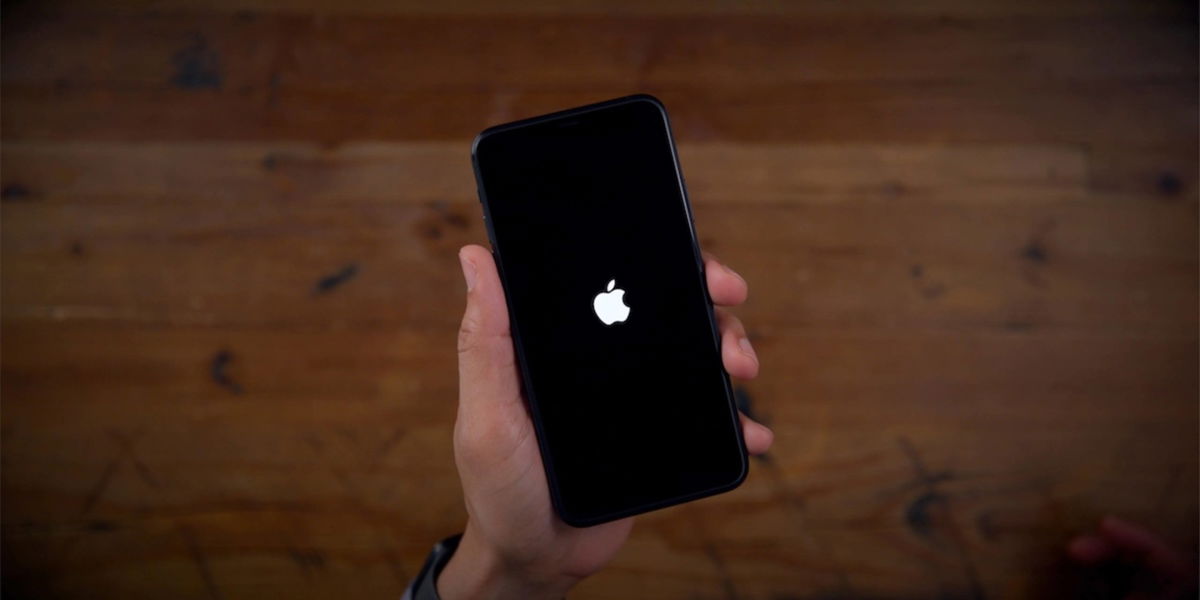The Google Pixel 6 was one of the biggest hardware launches in Google’s history, being its first mobile with its own design processor, the Google Tensor. In this way, Google has followed Apple’s path, ceasing to depend on third parties.
[Google, por favor, trae las patatas fritas inspiradas en los nuevos Pixel]
Being the brand’s first mobile processor, it’s no surprise that the Google Tensor had a lot of cool stuff, and some that didn’t. Although it had many features, especially related to machine learning and AI, it lacked the power compared to Qualcomm’s alternatives. With the new Pixel 7, Google hopes to improve in this regard.
The Power of Google Tensor G2
The new Google Pixel 7 Pro has already been tested on Geekbench, the “benchmarks” application that displays a score based on performance in different tests; it is the reference to know the power of a processor, even if it is not perfect nor comparable to real use. Someone managed to test the new Google mobile before it was presented, and thanks to this, we can get an idea of what the new processor will look like.
According to the leak published by the developer Kuba Wojciechowski
Google has clearly made improvements to the chip design, as Geekbench tests show 10% better CPU performance than last year’s model; moreover, the GPU seems to have been greatly improved, with 20% more performance
Google Pixel 7 Pro Geekbench review
On Geekbench, the Tensor G2 scored 1068 points in single core, and 3149 in multicore. These aren’t surprising numbers, but they should make the new Google Pixel 7 faster in heavy tasks; in particular, we expect a large improvement in video gameswhich were perhaps the weak point of the Pixel 6.
Despite this improvement, Google still can’t compete with the best on the market in terms of raw power; the Snapdragon 8+ Gen 1 is capable of surpassing 4,000 points in multi-core, and the new iPhone 14 Pro Max topped 4,600 points. But as the Pixel 6 showed, for most people that’s enough power for everyday use.
You may be interested
Follow the topics that interest you









